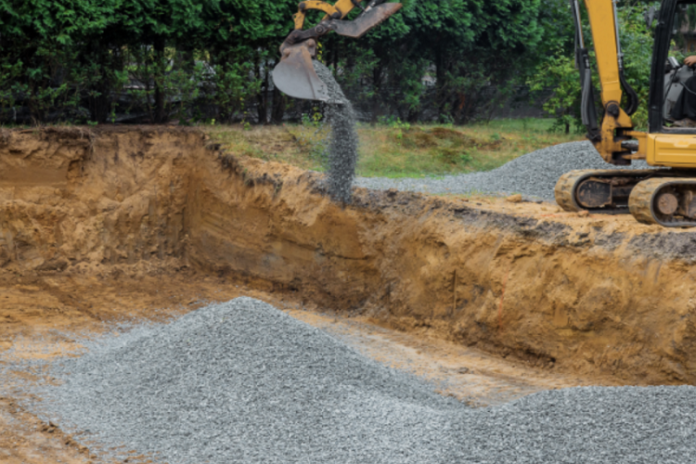Having a properly designed and installed drainage system is essential for any property owner. A drainage system can help to prevent water damage, mitigate flooding, and improve the overall appearance of your home or business. In this blog post, we will discuss the different types of drainage systems and provide tips on selecting the best one for your property. We will also discuss the different benefits of each type of system and how to choose the right one for your needs. Foundation Excavation can help you with more information on the same.
Table of Contents
Sedimentation on the Surface
The most frequent and prevalent kind of drainage is surface drainage. Drip systems such as gutters, downspouts, and drains aim to direct water away from homes and other buildings. At the top of a hill or at the water’s edge, surface drains are often found. The bottom of a hill is another popular site. They direct water away from the home after collecting it from melting snow and rain.
The Drainage of the Subsoil
Subsurface drainage is the process of collecting and transferring water that has been absorbed by the earth below the surface. In areas with high groundwater tables or poor soil quality, this kind of drainage is typically used. It may also be used to keep water from wreaking havoc on the base of your structure. The water collected in a property’s subsurface drains is directed away from the property by a drainage system, which directs the water.
Stormwater Management
Stormwater management is a kind of drainage that aims to regulate the water that flows after rain. It involves a variety of approaches, such as detention ponds and infiltration basins, for storing water and allowing it to gently seep into the earth. In places that experience high rainfall or have a significant risk of floods, stormwater management is commonly practiced.
Why is it so important to have proper drainage?
Drainage is essential because it helps to protect against the harm that can be caused by water. When water is unable to drain in the appropriate manner, it can result in a wide variety of issues, including structural damage and floods.
The benefits of drainage are preserved by a drainage system, which also keeps particles and debris out of your base and prevents water from seeping back into your home and foundation. Drainage systems help protect water from coming back into your home. It is vital to instal a water drain in your home if you reside in an area that has a high probability of receiving a significant amount of precipitation throughout the course of the year.
Conclusion
From the above it can be deduced that improper water drainage can lead to floods and structural damage. You can categorise drains into three distinct types: Surface drains are often positioned towards the crest of a hill or at the water’s edge. Subsoil drains are conduits for the collection and conveyance of groundwater. Water that is collected in a property’s subsurface drains is channelled away from the property by means of a drainage system. In areas prone to flooding or with an abundance of precipitation, stormwater management is standard procedure. It is necessary to install a water drain in your property if you reside in a region that has a high likelihood of precipitation throughout the course of the year.




